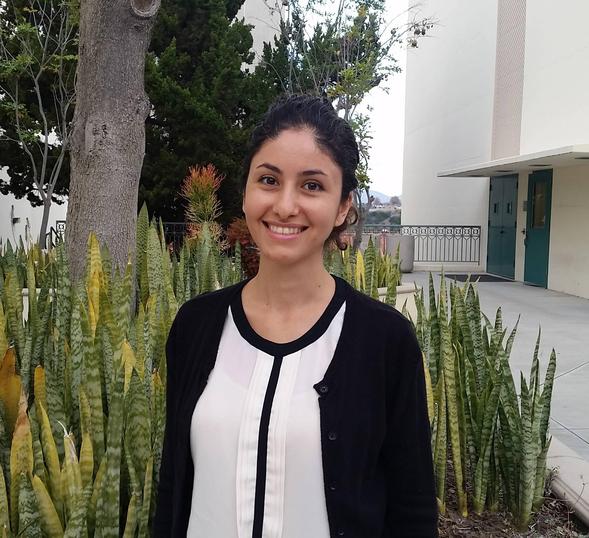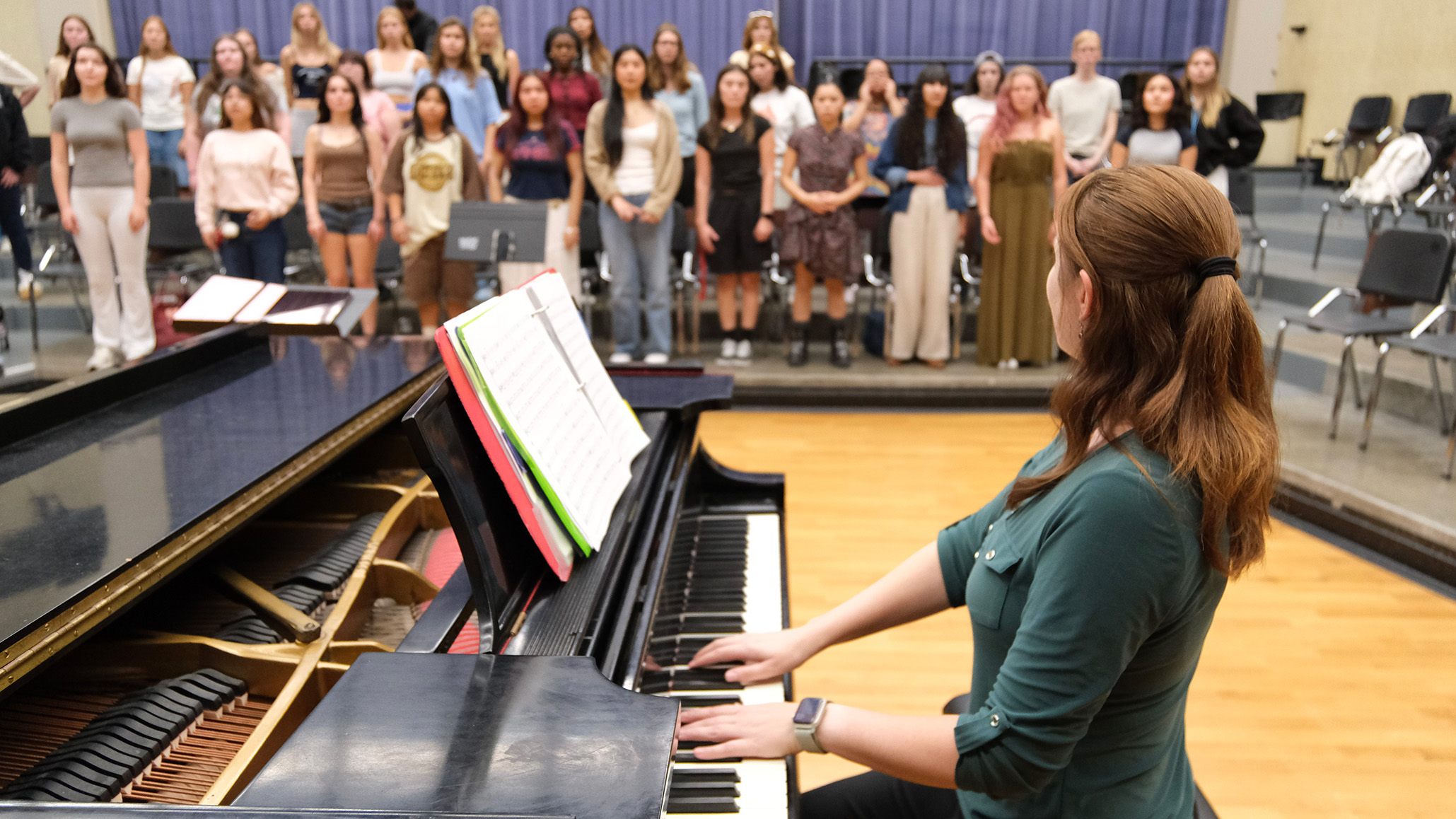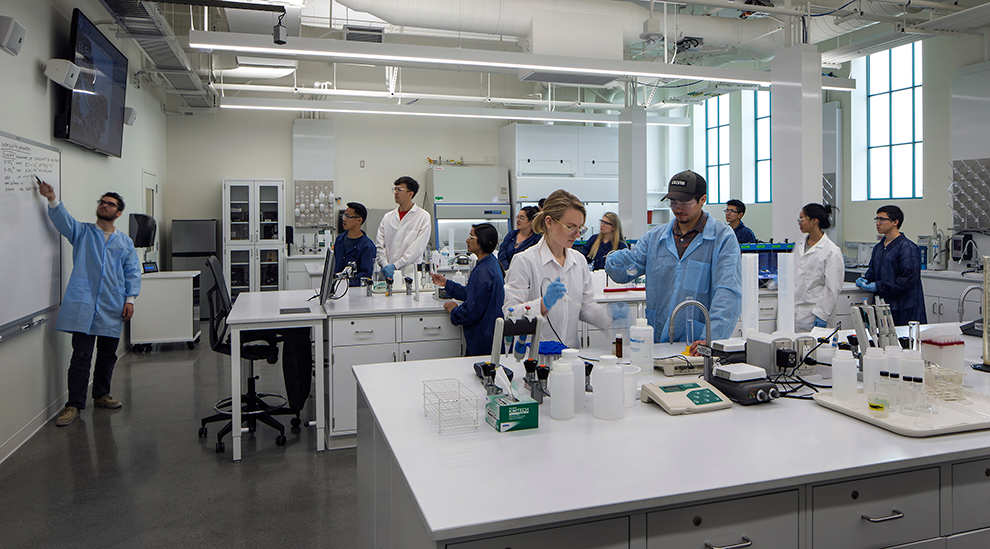Driving Ahead
A recent addition to the engineering department is trying to make our transportation infrastructure safer.

“When you have more congestion, you have more traffic safety issues.”
Growing up in a small town near Tehran, Iran, Sahar Ghanipoor Machiani could have gone down a familiar academic road taken by many in her family. Most of her relatives, including her older sister and cousin, studied biology and became doctors. Instead, Machiani decided to study roads themselves.
“If I chose biology, that path was laid out in front of me,” said Machiani, an assistant professor of civil engineering at San Diego State University. “But I chose math and physics because I loved it, and because I wanted to be an engineer.”
After receiving a master’s degree in transportation system engineering from Sharif University of Technology in Tehran, she moved to the United States in 2010 to earn her Ph.D. in the same field from Virginia Tech. There, she began working with driving simulators to model driver behavior and better understand what’s going on inside the minds of those behind the wheel.
Machiani joined SDSU’s faculty last year, continuing to research driver behavior and ways to make our transportation infrastructure safer.
Crazy drivers
Complaining about bad drivers is universal, but Machiani asserts that American drivers are positively polite when compared to Iranian ones.
“Driver behavior in Tehran is crazy,” she said. “Taxi drivers will ask you to bend your side mirrors in so they can get past you. Or they’ll start reversing in the middle of an on-ramp.”
The traffic problems she sees in Southern California stem largely from the fact that relatively few people in the region take public transportation. That leads to more people on the road with single-occupant vehicles contributing to traffic jams.
“When you have more congestion, you have more traffic safety issues, too,” she explained.
On the driver behavior side, her research has recently centered on how drivers respond to yellow traffic signals. Her Ph.D. work used driver simulation to investigate what influences people stop—or not stop—at a yellow light. Machiani discovered a host of factors including the presence of red-light cameras, the presence of police, how many other cars are around the driver and how well the driver knows the intersection. She plans to introduce similar driver-simulation technology to SDSU’s campus in the near future.
On the infrastructure side, she has studied how triggered lights that follow and guide drivers around a curve can improve safety.
Don’t stop now
Machiani also is beginning to look into how new driver-assistance technologies like collision and lane-shift warnings are influencing driver behavior. For example, there could be demographic differences in whether people comply with these warnings or take the technology’s advice.
There’s a high degree of self-taught psychology in Machiani’s work, she said, but now that she’s here at SDSU, she’d like to find collaborators in the psychology department to delve even more deeply into driver behavior. In the coming years she would like to build up SDSU’s national reputation in the field of transportation engineering and eventually establish a Ph.D. program.
As for Machiani herself, she describes herself as a very safe, attentive driver—except occasionally when she sees something that piques her interest as a researcher.
“The only thing that really takes my eyes off the road is when I see a driver doing something that ties into my work,” she said. “That can distract me.”



